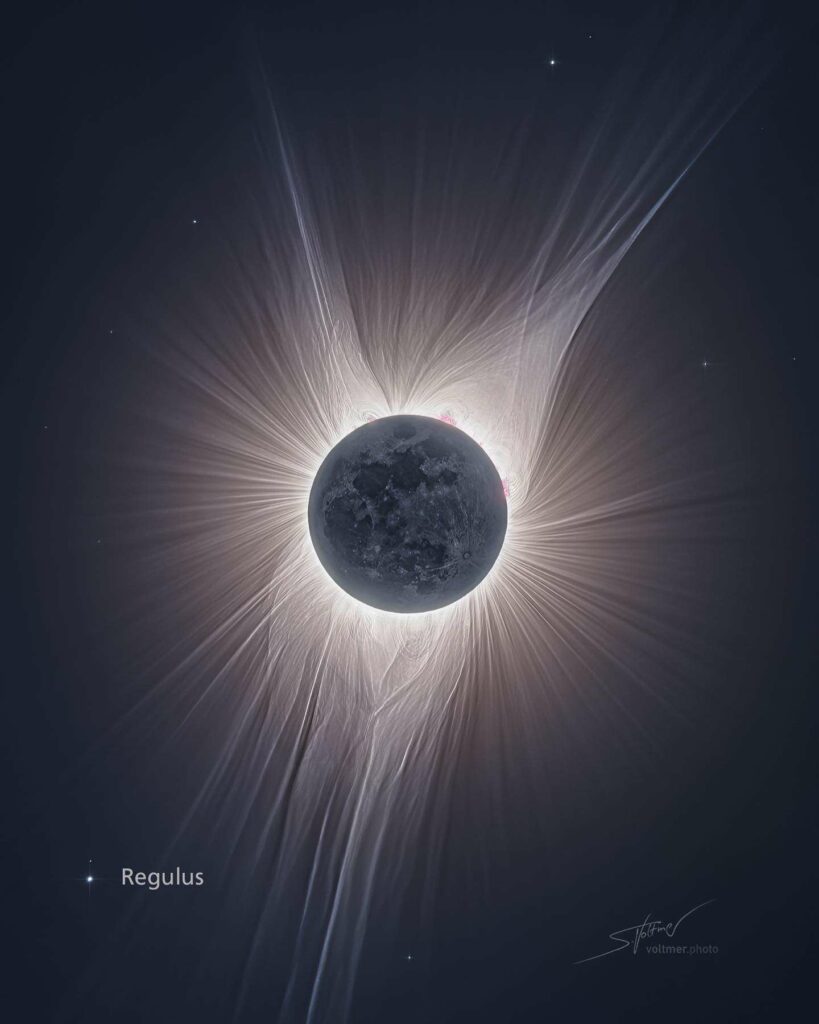
About Solar eclipses – Solar eclipses occur when the Moon passes directly between the Sun and Earth, blocking the Sun’s light and casting a shadow on Earth.
There are three types: total solar eclipses, where the Moon completely covers the Sun; partial solar eclipses, where the Moon only partially blocks the Sun’s light; and annular eclipses, where the Moon is farthest from Earth and cannot completely block the Sun, creating a “ring of fire” effect.
Solar eclipses can only happen at new moon phases, when the Moon passes directly between the Sun and Earth. Total solar eclipses are rare astronomical events that can provide unique scientific opportunities to study the Sun. However, viewing an eclipse directly without proper eye protection can cause permanent blindness.
Solar eclipses have inspired awe throughout human history as early societies struggled to understand the clockwork motion of the heavens that allowed the Moon to perfectly block the Sun’s light.
The next total solar eclipse visible from the United States will occur on April 8, 2024, providing an opportunity to experience day turning to darkness as the Moon fully covers the Sun.
Text credit: Earth Unreal





